Optical Sensing Offers a Safer Way to Measure the Grid
The grid is undergoing change at a rapid pace, and sensing technology must keep up if we are to ensure that our technology is effective and—more importantly—safe. Watch the video to hear Michael Sexton, Executive Vice President at Micatu, explain how Micatu’s optical sensing technology is outpacing legacy sensors in safety and efficiency.
Danger on the Grid
Legacy technology is facing unprecedented challenges as the grid continues to change every day. There are several distinct safety issues that come with traditional PTs and CTs. Here are just a few of them.
An Increase in Renewables
New advances in renewable energy are coming every day, and they’re having a big impact on our grid. Tens of thousands of individual points of power generation are coming online. In the US alone, solar and wind projects are expected to grow by 30% with wind projects tripling in the last 10 years. It is essential that grid technology can handle renewable integration—which is a big problem for legacy sensors. The key takeaway? Renewables are not a problem for the future. They are here today, and our technology needs to adapt to account for them.
Bi-Directional Power Flow
We are quickly moving away from the grid of the past; as more and more renewables have integrated into the grid, it has moved from one-way to a bi-directional power flow. Each new point of power generation represents a potential point of backfeed, or reverse power flow. Legacy technology is incapable of sensing this backwards flow. Backfeed into substations can create dangerous conditions and violent failures. And for businesses like data centers, manufacturing or distribution centers, this can create power quality issues impacting expensive computer electronics or expensive commercial machinery.
Without increased visibility into potential backfeed, crews face increased risk if they do not know the flow direction before they start working on the lines. This is even more critical for emergency crews trying to restore power during storms.
But this change in power flow affects more than the crews working on the lines—sparking, arcing, and violent failures also put us at increased risk for wildfires. Since 2000, an annual average of 70,685 wildfires burned an average of 7.1million acres. This figure is more than double the average annual acreage burned in the 1990s (3.3 million acres).
And violent failures can cause more extreme incidents. One such failure shook a city in Califronia in 2020, when a transformer exploded, sending a ball of fire into the air and cutting power to nearby residents. Luckily, no one was hurt—but that won't always be the case.
A Safer Way: Micatu Optical Sensors
Micatu is working to directly address the drawbacks of legacy sensing technology. Our optical sensors are safer and more effective, making it easier than ever to gain insight into your grid—and make sure your crews get home safely.
Micatu optical sensors are non-conductive. In contrast to legacy technologies, they do not pass electrons. Instead, they measure the electric field using light passed through an optical crystal. This removes all the safety risks associated with traditional instrument transformers that can become open electrical circuits and harm field crews. By measuring with light instead of electrons, it's nearly impossible to cause a catastrophic failure or spark a wildfire. There is also no burdening, which is an impressive safety achievement. As a result, the Micatu sensor cannot be saturated and therefore is not at risk to explode or combust.
With Micatu optical sensing, utilities can hang sensors faster, in more areas, without compromising accuracy, and without creating safety or wildfire risks. Our optical sensing platform offers one of the safest grid sensing options on the market today.


